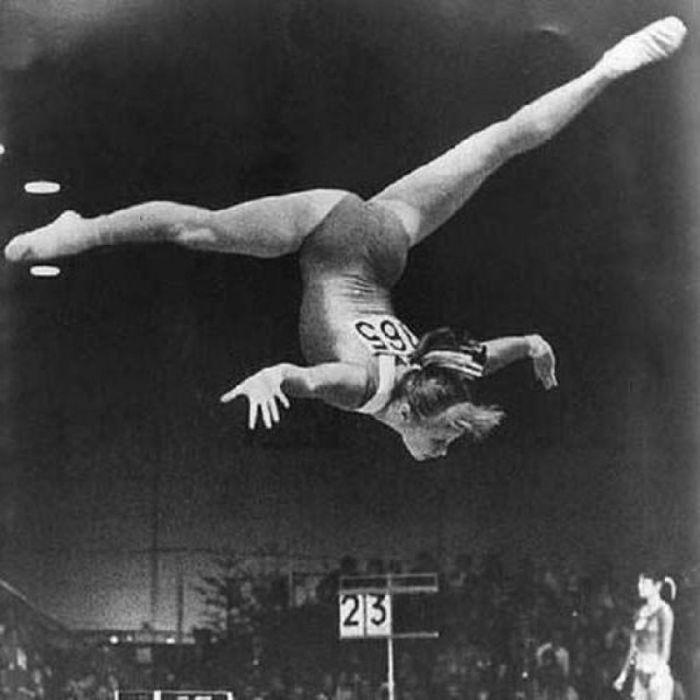think through
On the principles of fencing: Technique.
 In a previous post, I talked about the general principles of an armless duel and the preparation of an attack. I thought about switching to weapons, then to armor, and so on, but I realized that I still had to talk more about technology. Otherwise, one would have to make regular digressions, which would hardly have a good effect on the structure of the narrative.
In a previous post, I talked about the general principles of an armless duel and the preparation of an attack. I thought about switching to weapons, then to armor, and so on, but I realized that I still had to talk more about technology. Otherwise, one would have to make regular digressions, which would hardly have a good effect on the structure of the narrative.
Since this is not obvious to everyone, I’ll say again – I write these posts primarily for people who are not familiar with fencing. This is not a textbook, but popularization, my goal is to acquaint, not teach. That is why I simplify and try my best to avoid details. If you think that somewhere I’m wrong (and this may indeed be so, because I may not have enough system knowledge), write in the comments. Continue reading
Is it too late to start practicing Spanish fencing Destreza?
 At what age is acceptable to engage in fencing, in particular the Spanish school Destreza? – It turned out that this question worries many readers.
At what age is acceptable to engage in fencing, in particular the Spanish school Destreza? – It turned out that this question worries many readers.
Today, fencing has several main directions. So, in children’s fencing more often come as children up to 10 years old and after 10-12 years of intensive training, some of them achieve significant results in one of the narrow specializations – epee, rapier or saber. They begin to engage in stage fencing in theatrical universities. Although fencing is enthusiastic and rather traumatic, historical fencing is done by people of a conscious age, usually after 18. Continue reading
Fencing will make your child agile, brave and strong.
 Fencing is one of the most difficult and highly coordinated sports. Sports fencing is a champion among all sports in terms of the requirements for reactive activity of skeletal muscles and the nervous system. Simply put, there is no sport that would require more reaction and greater speed of movement, recruited simultaneously. If the sprinter develops a constant speed while running for 100 meters, with which it is difficult to compare something, then the fencer develops a speed of movement that is 15–20 times higher than the speed of movement in the space of the sprinter!
Fencing is one of the most difficult and highly coordinated sports. Sports fencing is a champion among all sports in terms of the requirements for reactive activity of skeletal muscles and the nervous system. Simply put, there is no sport that would require more reaction and greater speed of movement, recruited simultaneously. If the sprinter develops a constant speed while running for 100 meters, with which it is difficult to compare something, then the fencer develops a speed of movement that is 15–20 times higher than the speed of movement in the space of the sprinter!
Why is fencing useful? Continue reading




